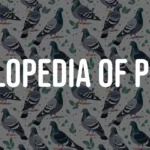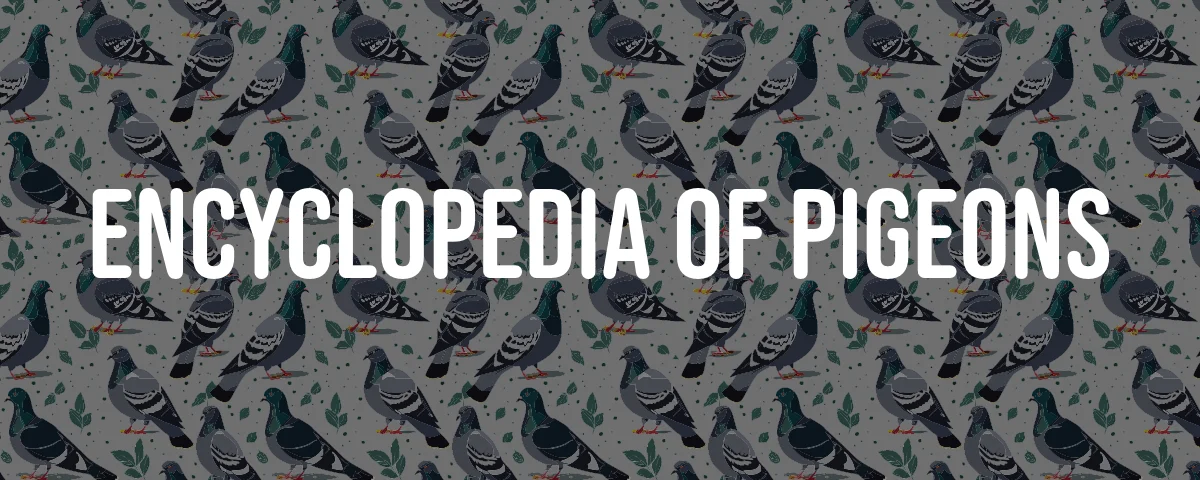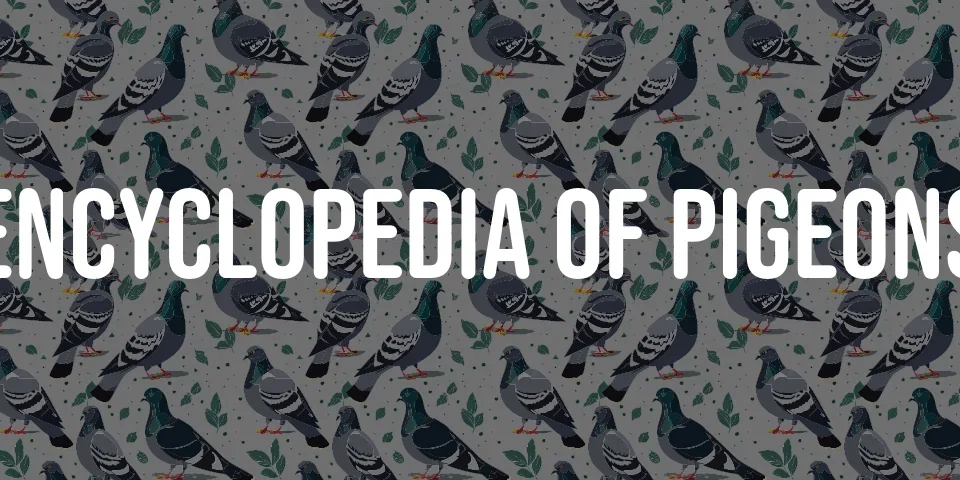Introduction to Muntenia White-tail Tumbler
You know, there’s something almost poetic about watching a bird do what people have spent centuries failing to master – defy gravity with style. Enter the Muntenia White-tail Tumbler, or as the old-timers in Romanian courtyards might say, the Romanian White Tail Tumbler. This isn’t just another pretty bird squabbling over breadcrumbs; it’s a bona fide aerial acrobat. The first time I watched one spin mid-air, tail flashing like a brushstroke on a twilight canvas, I couldn’t help but whistle.
That white tail is a showstopper – crisp, immaculate, as if the bird flew through a snowstorm and came out dipped in winter. But the real secret sauce? Tumbling, of course. When these pigeons take off, they don’t just flap about – they soar, loop, roll, and flip with all the bravado of a circus act.
- they soar, sometimes climbing higher than you’d think possible for such a compact body,
- mid-flight, they unleash a sequence of flips and spins that would put Olympic gymnasts to shame,
- compared to their cousins, they’re the ones in the spotlight – never just background extras.
Breeders cherish these high-flying antics, but it’s not just a fancier’s obsession. Ornithologists, amateur birders, and anyone with an eye for the extraordinary can’t help but stop and stare. The Muntenia White-tail Tumbler isn’t just bred for its looks – though it’s a looker, no doubt – but for a performance that’s part instinct, part art, and part the relentless pursuit of perfection by generations of breeders who refuse to settle for ordinary.
Origin and History
Picture rural Romania in the 19th century. Not the touristy, Instagram-filtered version, but the real Muntenia: rolling hills, endless sky, and a stubborn streak of tradition. It’s there you’ll find the roots of the Muntenia White-tail Tumbler. Folks in those days took their pigeons as seriously as some take their football, pouring years into breeding birds that didn’t just fly – they danced in the air.
It wasn’t all for show. Tumbling pigeons were companions, conversation starters, and sometimes the pride of the village. Bloodlines were guarded more fiercely than family recipes. Each new generation of birds became a living tribute to the region’s devotion to both beauty and entertainment. The Muntenia White-tail Tumbler didn’t just happen; it was sculpted, feather by feather, flip by flip.
Unique Characteristics
Let’s not mince words: the Muntenia White-tail Tumbler is a stunner. That tail – so white you’d think it was Photoshopped – juts out against a body that can come in a riot of colors, from smoky blues to rusty reds. The effect? Striking, to say the least.
But to call this bird all feathers and no substance would be a mistake. Its build is compact, almost athletic, with wings that pack more punch than you’d expect. Graceful head, alert eyes – if pigeons had beauty pageants, this one would at least make the finals.
Here’s where things get spicy: the tumbling. Not just a show-off trick but a display of agility and control that leaves even seasoned breeders shaking their heads. Rolls, flips, sometimes a series of staccato movements that blur the line between bird and whirlwind. And, as if that weren’t enough, they tend to be mellow, friendly, and surprisingly adaptable – a dream for anyone who wants a companion as much as a performer.
There’s a personality here, too. Some say it’s the eyes; others, the way they strut. All I know is, spend a little time with one and you’ll see why even ornithologists – who, let’s face it, have seen it all – are smitten.
Classification of Muntenia White-tail Tumbler
Pigeon people can be a little obsessive about categories, and who can blame them? The Muntenia White-tail Tumbler fits neatly into the “tumbler” class, but that hardly tells the whole story. This is a breed that’s gathered a kind of mythos around itself – partly because of its roots in Muntenia, partly because of its showmanship.
- unmistakably unique (there’s that tail again),
- saturated with centuries of Muntenian breeding tradition,
- a gem in the crown of global aviculture.
It’s not just another tumbler; it’s the one that breeders in far-off countries reference when they talk about what a pigeon can be. Whether you’re after a bird that dazzles in the sky or one that brightens up your aviary, this is the breed that tends to have both camps nodding in agreement – rare, that.
Tumbler Type and Pigeon Varieties
Tumbling is an art, and the Muntenia White-tail Tumbler is its prima ballerina. The bird’s agility isn’t just for show; it’s bred into its bones. Watch one spin, and you’ll realize this isn’t the pigeon you see skulking around city squares.
There’s a long tradition of tumblers – Birmingham Rollers, Oriental Tumblers, and more. But the Muntenia White-tail? It’s got pedigree and panache. That white tail isn’t just a calling card; it’s a symbol of a breeding program rooted in the Muntenia region, where every bird is a product of hands-on expertise and, dare I say, a bit of local pride.
It’s a blend of the old and the new – a bird that can hold its own in a lineup of global champions while still carrying the echoes of its Romanian heritage in every feather.
Comparison with Other Breeds
Let’s be honest: pigeon people love a good debate. Is the Birmingham Roller better for rolling? Maybe. Does the Oriental Tumbler have more delicate patterns? Sometimes. But if you’re talking about a bird that combines sheer elegance with athletic acrobatics, the Muntenia White-tail Tumbler is in a league of its own.
While other breeds may have one trick up their sleeve, this one is all about balance. Breeders pour heart and soul into refining every detail – tail, tumbling style, presence. They’re not just breeding birds; they’re curating living art. The result? A pigeon that routinely steals the show, dazzling the crowd with both looks and moves.
- tumbling gets honed until it looks effortless,
- the white tail stays snow-bright, not a speck out of place,
- every bird aims to be the total package – stage presence and athleticism rolled into one.
That’s why, in a world of competitive breeds, this one keeps turning heads – sometimes literally, as it tumbles past the competition.
Physical Attributes of Muntenia White-tail Tumbler
Let’s talk physique. The Muntenia White-tail Tumbler isn’t bulky, but it’s no lightweight, either. Think of a gymnast – compact, all muscle, built for explosive movement. The tail, of course, is a showpiece: bright white, fanning out like a chef’s flourish at the end of a meal.
The rest of the plumage? That’s where breeders get to play Picasso. You’ll see everything from deep blues to burnished coppers, each shade setting off that famous tail. It’s a look that’s as functional as it is beautiful; the streamlined body, sturdy frame, and strong wings all feed into a bird engineered for aerial pyrotechnics.
- size: uniform enough to keep things fair at competitions, but never dull,
- frame: sturdy, built for business,
- wings: powerful, made for the sky.
No wonder bird shows are peppered with judges craning their necks for a better look.
Color and Size Variations
If you want variety, this breed delivers in spades. The body’s hues can be as vivid as a painter’s palette – saffron, slate, chestnut, even the odd iridescent shimmer if the light’s right. But always, always, the white tail stands out like punctuation at the end of a sentence.
And don’t be fooled by their size – these birds are compact, but their flight skills are anything but small. That combination of color, size, and performance is what’s made them exhibition darlings, often stealing the show from flashier but less athletic competitors.
Genetic Traits
You can thank generations of picky breeders for the Muntenia White-tail Tumbler’s trademark traits. It’s not just about looks; it’s about genetics. Strong flight muscles are a must, giving them stamina to tumble through the air again and again.
That tail? It’s the result of careful selection, not luck. Behind every pristine feather lies a family tree of birds chosen for their resilience, agility, and flair. The result is a breed that’s as much at home wowing a crowd as it is impressing a panel of judges. Competitive events, ornamental displays – this bird’s got the chops for both.
Role in Ornithology and Aviculture
There’s a certain poetry in the way this pigeon bridges worlds – part scientific marvel, part living artwork. In the ornithologist’s ledger, the Muntenia White-tail Tumbler is a case study in flight mechanics, genetics, and the complex dance between nature and nurture.
- how do they pull off those mid-air somersaults?
- what’s going on under the hood, neurologically speaking?
- how does selective breeding shape not just feathers, but behavior?
Meanwhile, pigeon fanciers see something different: a bird that’s both beautiful and bold, a living testament to the power of patience and passion. Breeders spend years fine-tuning:
- the perfect tumble – crisp, controlled, dramatic,
- the tail – always white, always luminous.
At Romanian exhibitions, there’s a ripple of excitement when these birds take the stage. They’re not just competitors; they’re cultural ambassadors, carrying a piece of Muntenian tradition in every feather. The line between science and art gets blurry here, and maybe that’s how it should be.
Importance in Pigeon Exhibitions
There’s a pulse of anticipation at every major pigeon show when a Muntenia White-tail Tumbler steps into the light. That tail, the posture, the almost arrogant poise – it’s a crowd-pleaser. Judges can’t help but be drawn in, ticking off points for elegance, symmetry, and, of course, the ability to tumble on cue.
But it’s not just about winning ribbons. Showcasing this breed is a nod to generations of breeders who’ve kept old-world aviculture alive, balancing tradition with innovation. Every prize is less a trophy than a reminder: these birds are the living legacy of Romanian know-how.
Significance in Pigeon Racing
If you think all this beauty means the Muntenia White-tail Tumbler is just for show, think again. Racing is where the breed’s athletic side goes full throttle. They’re not the biggest, but they’re quick, nimble, and – perhaps most importantly – durable.
Strong wings cut through the air with minimal fuss. The compact body is all about efficiency; less drag, more speed. When it comes to long distances, these birds hold their own against the best, especially when trained by someone who knows what they’re doing.
Racing fans love them not just for their stats, but for the way they look in motion – tail gleaming, movements crisp. It’s a strange thing, but sometimes the best way to appreciate a Muntenia White-tail Tumbler is to let it fly so far you almost lose sight of it, and then wait for the white flash to return. What more does anyone really need?






